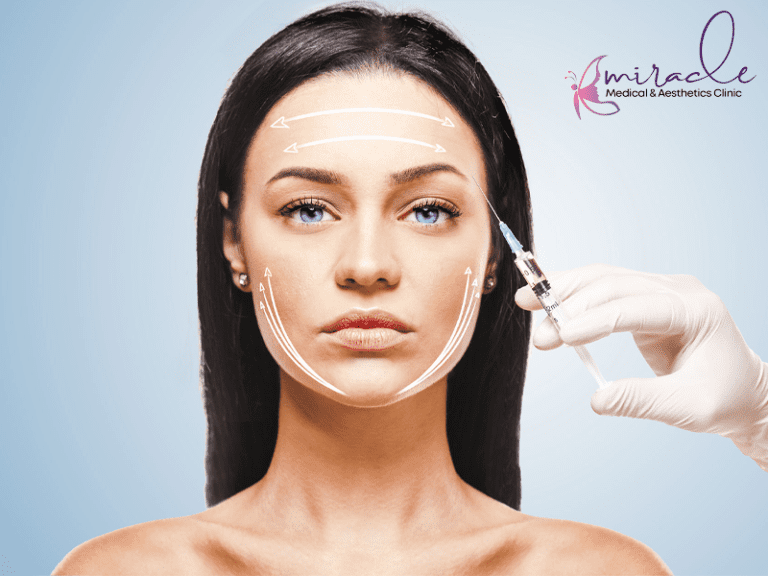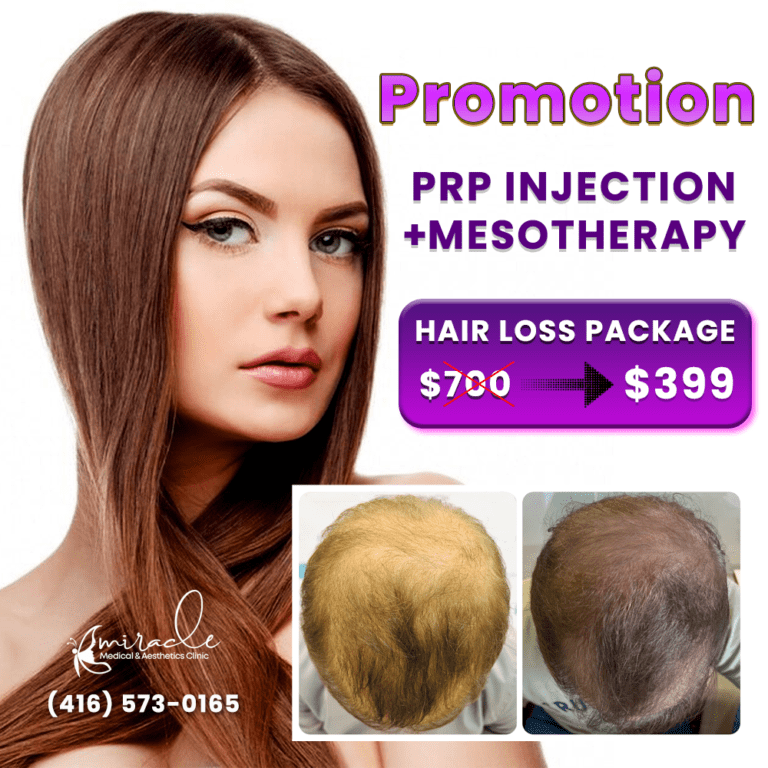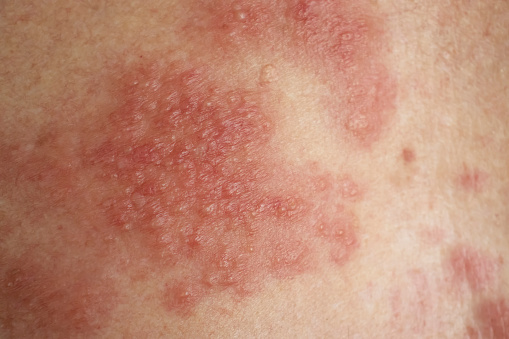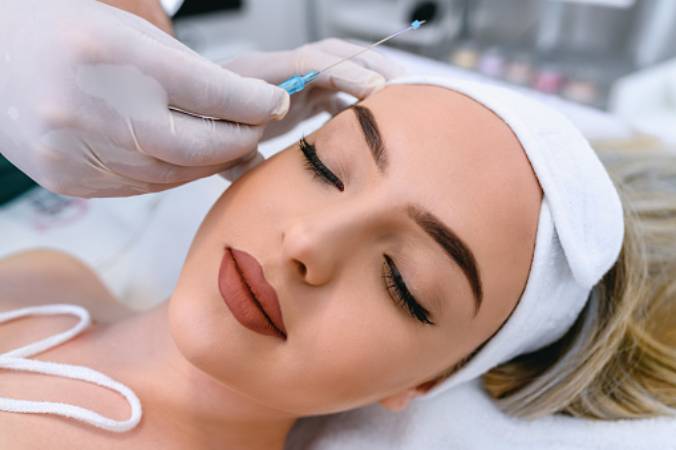At-Home Chemical Peels Can Be Great—But Only If Done Correctly
If the term “chemical peel” still makes you a little squirmy, we get it.But chemical peels—neither the in-office version nor their at-home, DIY counterparts—are something to fear. Rather, they’re an invaluable tool in your skin-perfecting arsenal with the ability to offer a laundry list of varied benefits and address a boatload of complexion concerns. Still, in order to avoid over-exfoliating, it is important to understand that peels are powerful—proper use is key, and we mean key, to ensuring the best results. And that’s dually true when it comes to at-home peels you’re administering yourself. So in order to help set you up for skincare success, we went straight to the pros. Ahead, cosmetic dermatology expert Dr. Kenneth Mark and board-certified dermatologist Dr. Annie Gonzalez weigh in on everything you need to know before you DIY a chemical peel.

Why Use a Chemical Peel?
“Chemical peels are the unsung heroes of dermatology,” says Mark. “Benefits include exfoliation, unclogging pores, treating and preventing acne, fading blemishes, producing a more radiant glow, and, when done consistently, stimulating collagen to minimize fine lines and wrinkles,” he explains. Because at-home products are less potent than in-office versions, you’ll typically have to use them repeatedly to see the best effects.It’s also worth mentioning that chemical peels are not only good options for your face, but also for addressing any of the aforementioned issues on your neck, chest, and hands as well, adds Gonzalez.
What’s the Difference Between At-Home and In-Office Chemical Peels?
Generally speaking, any and all peels are liquid acid solutions that exfoliate the skin, says Mark. This then allows the skin to shed a dull or damaged layer of cells, revealing the healthier, brighter cells below the surface, adds Gonzalez. (Hence all those glow-boosting effects we just talked about.) Not all peels are created equal because there are a variety of acids that can be used, and there’s also a big difference between the over-the-counter chemical peel products you can use at-home and an in-office chemical peel. Essentially, it boils down to their strength and potency.As such, the benefits might not be quite as significant or dramatic, but the potentially adverse effects (AKA irritation) are also less likely, notes Mark. Other pros? Minimal downtime and less discomfort, not to mention the affordability factor.
But all of that hinges on the fact that when you, the customer, are buying an at-home peel product, you know your skin and what to look for, and are going to follow the instructions.
A chemical peel is solution applied to the face to remove dead skin cells and stimulate the growth of new cells. The aim is to improve the appearance of the skin – for example, by reducing age spots and evening out skin tone. There are 3 types of peels, called superficial, medium and deep.
- Keywords: At-Home Chemical Peels
- miracleadmin
